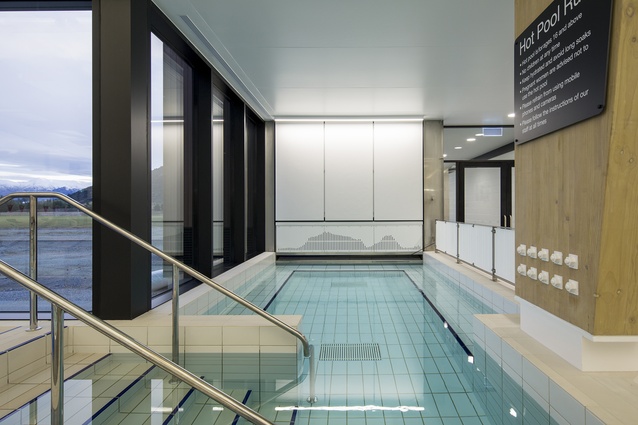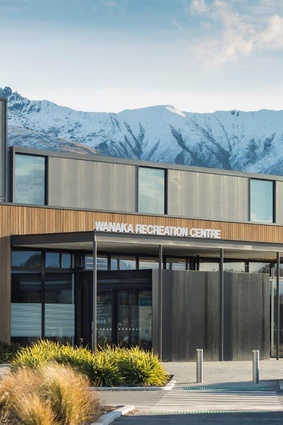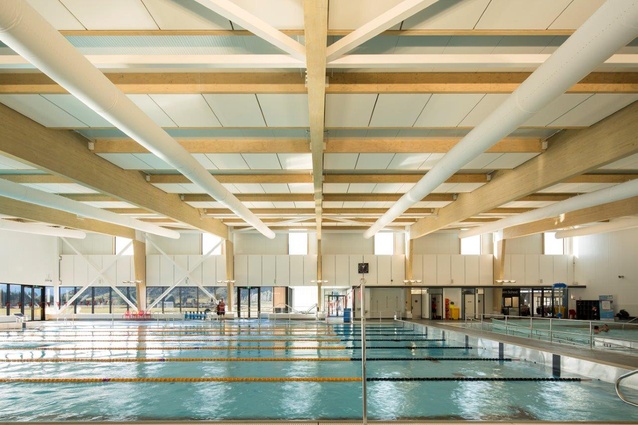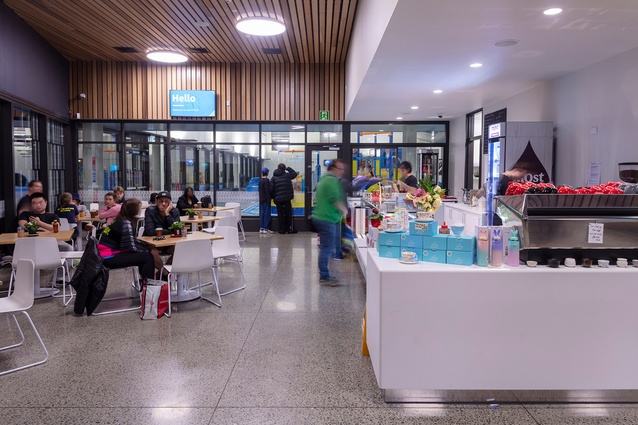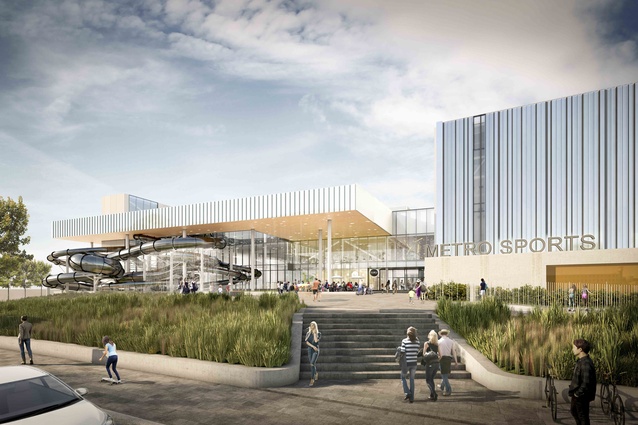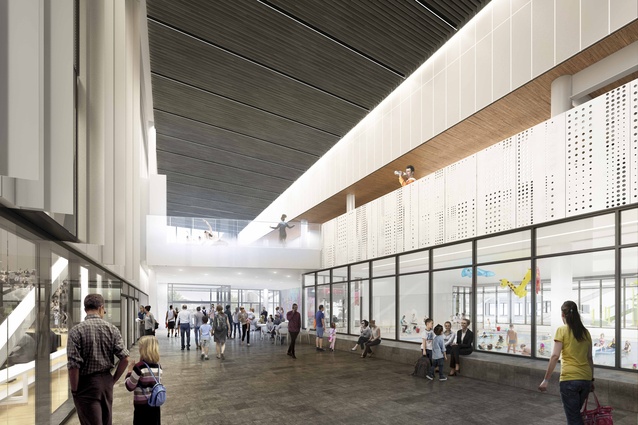Sports and recreation: designing wellness
The booming wellness industry and a focus on holistic health is influencing sports and recreation architecture and design. Warren and Mahoney’s specialist in sports design, Alex Head, explores the state of play in New Zealand.
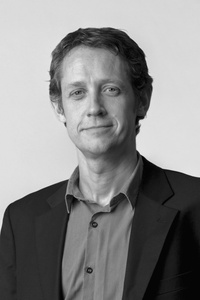
Clad in lycra, shod in Nikes and with sports brands proudly on display – you only have to look as far as your local café or weekend activity of choice to see the popularity of workout clothing being worn for, well, most things. The infiltration of these items into daily life is the overtly visual representation of “wellness culture”, which has made itself quite at home in the cultural zeitgeist in recent years.
Some of us may see this commitment to sports attire and simply be reminded of other passing trends, or the popularity of such in the 1990s, but there is a stark difference between then and now. People are not just wearing clothing suited to fitness-related activities, they are embodying “healthy lifestyles” in everything they do.
More attention than ever before is being paid to what we eat, the state of our health (both physical and mental) and the types of lifestyles we lead. People are recognising health and wellbeing as a spectrum, with sickness at one end and wellness at the other.
Globally, the wellness sector is valued at US$4.2 trillion, (NZD$6.46 trillion) having grown 12.8 per cent in the last two years, according to the Global Wellness Institute (GWI) 2018 report. The statistics, released in October, showed the industry now represents 5.3 per cent of total global economic output – significant growth in an era of economic stagnation.
In New Zealand, the fitness sector itself is worth approximately $494 million, according to industry training organisation Skills Active Aotearoa. And that sector can be used as a barometer for the wellness shift as Sport New Zealand figures show Kiwis preferring recreation activities over traditionally popular organised sports.
It is this growth and demand which recent sports and recreation centres around New Zealand are tapping into. Increasingly, facilities are looking to create an inviting environment that encompasses multiple elements of a healthy lifestyle across food, culture, community, play and fitness. This means placing greater emphasis on flexible multi-use spaces and places.
Recently Warren and Mahoney has worked on several projects in the health and wellness sector, inlcuding the new Taiora QEII Recreation and Sport Centre in Christchurch, the Metro Sports Centre (due to open late 2021) and the Wanaka Recreation Centre.
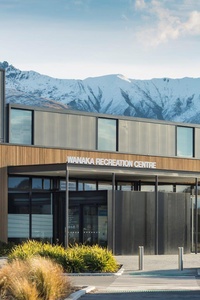
The recently opened QEII facility in Christchurch includes waterslides, leisure and warm water spaces, fitness rooms, spa and sauna. A local café operator provides fresh food offerings as part of the Council’s healthy food policy, tapping into the holistic approach to wellness. Located in the middle of QEII park, the facility was designed to be welcoming, easily accessible, and fun. It also aimed to connect to the wider Christchurch City Council (CCC) network of parks and trails, branching out towards the port hills, the city centre and eastern beaches.
As we plan for the CCC Metro Sports Centre – a 30,000 square metre anchor project for the city – we seek to build on the network approach to sports facilities in the area by including spaces for allied health professionals with rooms for physio, massage, podiatry, nutritionists and quiet spaces for mind and body.
Our role as architects is closely tied to the core principles of wellness. It is our job, through our work, to lift people’s moods beyond the pure functional reason for visiting a facility.
The use of natural timber at Wanaka’s Aquatic Centre ties the facility to its beautiful site and frames the views of the Southern Alps. Combined with clean, acoustic finishes and a stainless-steel pool, the overall effect is a calming and almost meditative space. The facility has been exceptionally well received by the local community as evidenced by recent visitor numbers which have far exceeding the Queenstown Lakes District Council’s expectations.
Bringing wellness activities together under one roof provides benefits for the operator but also for the public. It gives families more exposure to other sports and activities and helps to remove barriers to participation. The more people want to be there, the more people get active and the stronger the case for wellness.
These facilities do not just serve local communities, though. Wellness is very much on the move with its links to global trends and with the huge overlap between wellness, recreation and tourism. Wellness tourism revenue is one of the fastest growing tourism expenditures in the world, and New Zealand’s geographically diverse landscape is primed to target this market.
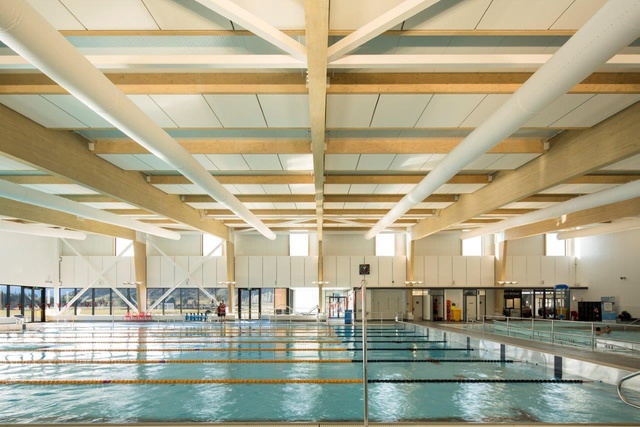
One of the challenges of the wellness culture is, of course, the lack of universal accessibility. The price is often a barrier which can lock out lower socio-economic groups – the very people who are also statistically more likely to suffer from ill health. That’s why we need to be looking for new partnerships to open up worlds of opportunities and cater for the entire community. By teaming up with community programmes, in addition to traditional sports clubs, local councils can provide those crucial bridges to lifelong health and reduced societal healthcare costs.
Recently when I was cycling through Europe on a family holiday, and what struck me was the level of investment in this approach to public wellness: Spend now and save down the track, while improving the quality of people’s lives.
In New Zealand, the coalition government is starting to drive positive change by recognising that progress in society must be measured in more than just GDP terms. The proposed 2019 Wellbeing budget, underpinned by the Living Standards Framework, will use wider indicators of wellbeing as a measure of success. This strategy will place greater emphasis on initiatives that improve wellbeing and bring revolutionary change and new opportunities for the sports and recreation sector.
New Zealand is only at the cusp of understanding how we can tap into wellness – to bring in revenue not only for the facilities, but for the communities within which they operate and whom they serve. Creating synergies between community facilities with world class offerings to attract international and domestic visitors will ensure New Zealand’s success in this space. Wellness capital is up for grabs, for everyone’s benefit.

